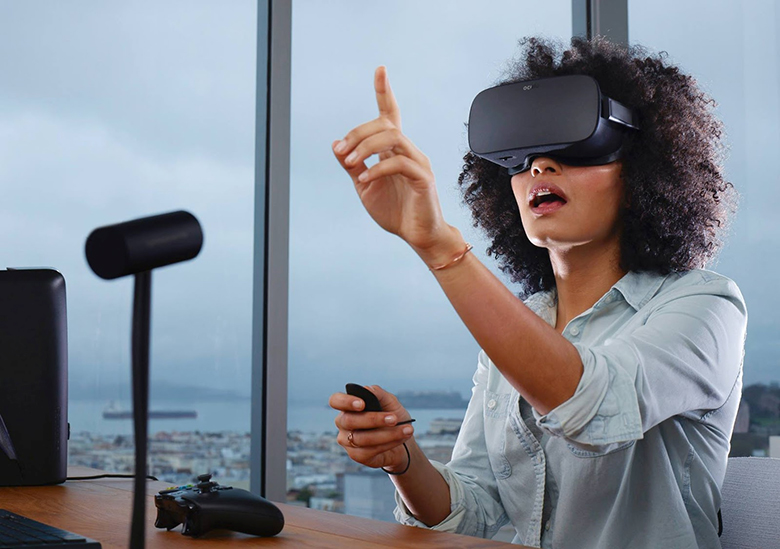For many customers it is a troubling question: how do I know that the product I’m trying to buy is what the seller says it is? Is the photo taken of the product not just showing the best side of the product while the worse or uglier side is not shown? Will it actually break down as soon as I’ve bought it, will the quality be below what was described on the website? This uncertainty is not just a problem for visitors on websites such as eBay (as described by Dimoka, Hong and Pavlou, (2012)), but also for customers of web shops such as Bol.com to name a Dutch example. How can we reduce product uncertainty as described by Dimoka et. al., (2012)? The authors themselves offered solutions such as detailed descriptions of what you’re trying to buy, or someone else testing and vouching for the product. This works in the case of eBay motors as it might be cost beneficial for larger more expensive products such as cars; however what of smaller products sold by web shops for example? Of course in the case of large shops like Bol.com, the shop has already made a name for itself as one of the largest and reputable web shops in the Netherlands. On top of that through reviews products of worse than expected quality can be identified by customers themselves, smaller web shops on the other hand might not have this reputation and self-selecting customer base leading to lost sales.
Can we not in the future also fix the problem of product uncertainty by introducing new technology, instead of relying on a description of the product by the selling person/company? One of the multimedia tools briefly mentioned by Dimoka et. al., (2012) is Virtual Reality. With the steady rise of Virtual Reality (VR) the world could be turning more and more into us being able to see lifelike things that are not actually there. What if companies scanned in their products and could show them to potential customers through VR, or even a hologram. Currently holograms are quite expensive and mainly used for design or display by other businesses, the Dreamoc 3D for example is going to cost you a neat $1,999. (Realfiction.com, 2017) VR products like the HTC Vive and Oculus Rift on the other hand are getting cheaper; the Vive’s price recently went down by $200, going from $799 to $599. (Kuchera, 2017) What if we in the future could look at any product as if it was right in front of us at home using VR or holograms? These technologies would give customers the best possible description of a product: the one they draw up themselves from being able to visualize the product in front of them. It would not show certain invisible qualities (how long is the product going to last?), but it would give the buyer a better feel for the product in my opinion. In the housing business VR is already used to give potential buyers a better feel for the house they’re looking at. (Vass, 2017) For web shops, technologies like this could also be another step in providing their shoppers more information and a better customer experience.
References:
Dimoka, A., Hong, Y. & Pavlou, P. A. (2012) On Product Uncertainty in Online Markets: Theory and Evidence. MIS Quarterly 36(2) 395-426
Dreamoc HD3. (2017) Retrieved from https://shop.realfiction.com/index.php/dreamoc-hd3-5/dreamoc-hd3.html
Kuchera, B. (2017, August 21) HTC Vive VR headset gets $200 price cut. Retrieved from https://www.polygon.com/2017/8/21/16177270/htc-vive-price-cut-599
Vass, D. (2017, October 3) Reality check: Using VR to sell homes. Retrieved from http://www.builderonline.com/builder-100/marketing-sales/reality-check-using-vr-to-sell-homes_o

